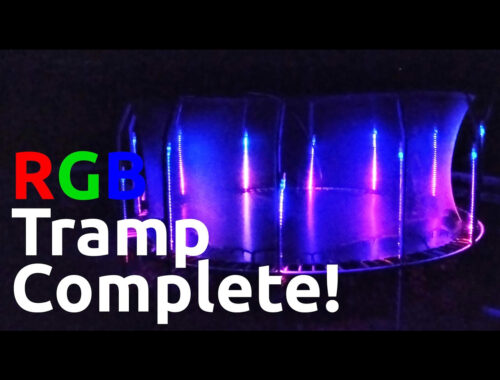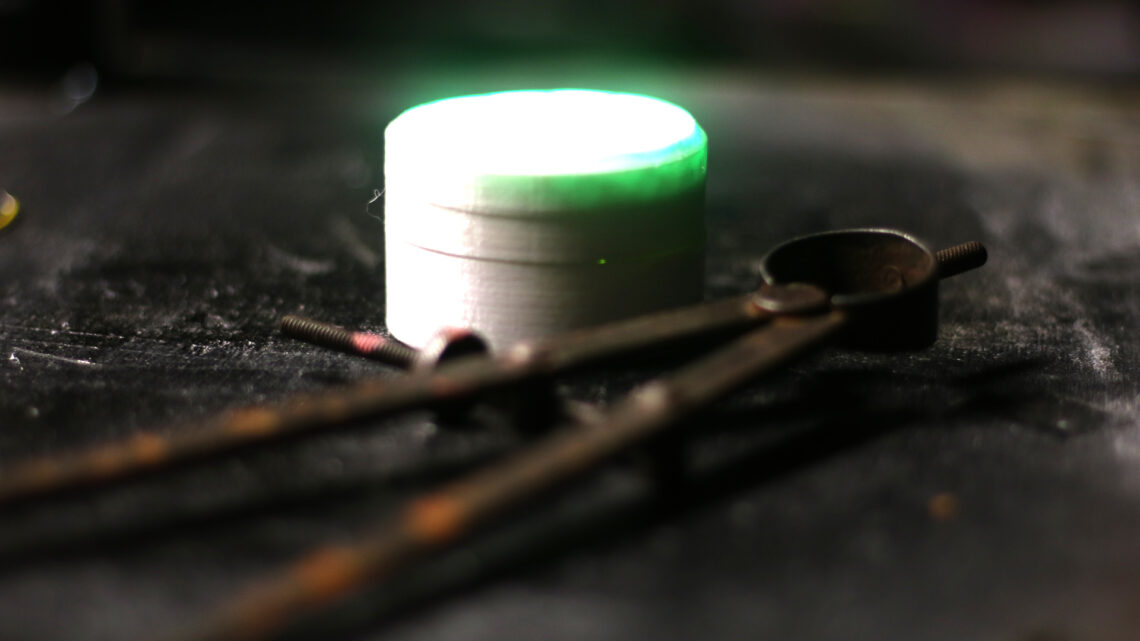
Arduino Nano and MPU6050: A Tilt Sensing Adventure
Welcome to another exciting journey in the world of Arduino! In this blog post, we will explore how to use an Arduino Nano and an MPU6050 sensor to create a tilt sensor. We’ll discuss the hardware used, the theory of operation, and potential applications for this versatile sensor setup.
Hardware Used
Arduino Nano
| The Arduino Nano is a compact and popular microcontroller board based on the ATmega168microcontroller. It’s known for its small form factor, making it ideal for projects with limited space. |
MPU6050
| The MPU6050 is an Inertial Measurement Unit (IMU) that combines a 3-axis accelerometer and a 3-axis gyroscope in a single module. It’s commonly used for motion and orientation sensing in a variety of projects. |
Neopixel ring (12)
Theory of Operation
What’s Tilt Sensing?
Tilt sensing, also known as inclination sensing, is the ability to detect the orientation or angle of an object concerning the Earth’s gravitational field. This information is invaluable in various applications, from gaming controllers to robotics and even aerospace.
MPU6050: The Brains Behind the Operation
The MPU6050 IMU is the heart of our tilt sensor. It works based on the following principles:
- Accelerometer: The accelerometer measures linear acceleration, including the force of gravity. This allows us to determine the tilt or inclination of the sensor in any direction.
- Gyroscope: The gyroscope detects angular velocity, providing information about how fast the sensor is rotating.
Our code combines data from the accelerometer and gyroscope to compute the orientation of the sensor, enabling us to detect tilting.
Theory of Operation
The Arduino Nano and MPU6050 tilt sensor code is designed to detect the orientation of the sensor and indicate if it’s level or tilted. Here’s how it works:
- Hardware: The setup consists of an Arduino Nano and an MPU6050 sensor. The MPU6050 is an Inertial Measurement Unit (IMU) that contains a 3-axis accelerometer and a 3-axis gyroscope. This hardware combination allows us to sense both linear acceleration and angular velocity.
- Data Fusion: The code reads data from the MPU6050, specifically the accelerometer and gyroscope data. The accelerometer provides information about the sensor’s orientation concerning gravity, while the gyroscope detects how fast the sensor is rotating.
- Determining Tilt: The code calculates the pitch and roll angles based on the accelerometer data. These angles represent the tilt in the sensor’s two principal axes.
- Threshold for Leveling: A threshold, defined as
levelAccuracy, determines what is considered a “level” orientation. If the absolute values of both the pitch and roll angles are less thanlevelAccuracy, the code considers the sensor to be level. - LED Indicator: If the sensor is level, the code sets all LEDs to green, indicating that it’s in a level position. If the sensor is tilted beyond the threshold, the code turns off all LEDs and lights up one LED in red to show the direction in which the tilt needs to be corrected.
- Test Sequence: At startup, the code runs a test sequence where it cycles through the LEDs in red, green, blue, and then turns them off. This is a visual indication that the sensor is initializing.
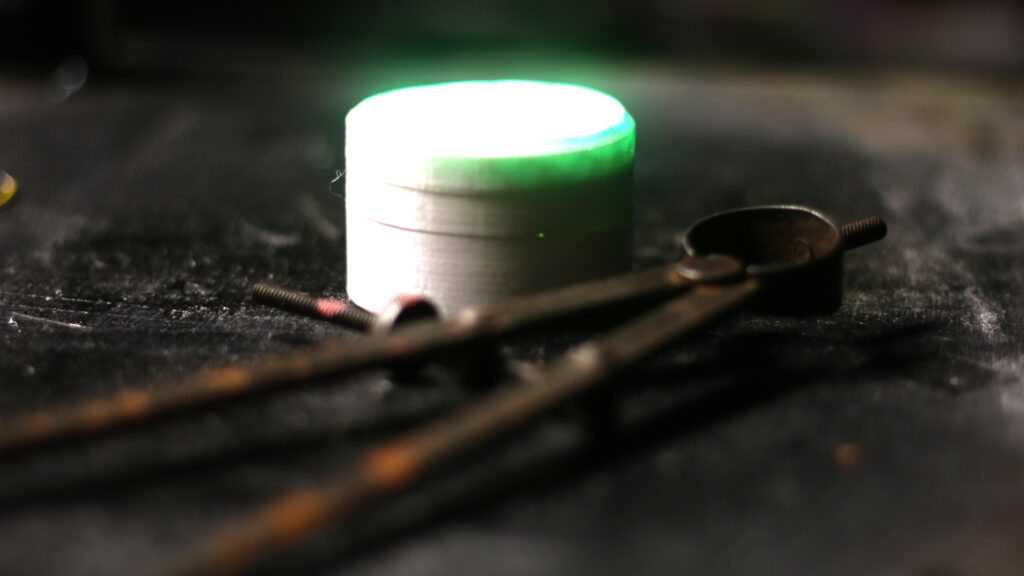
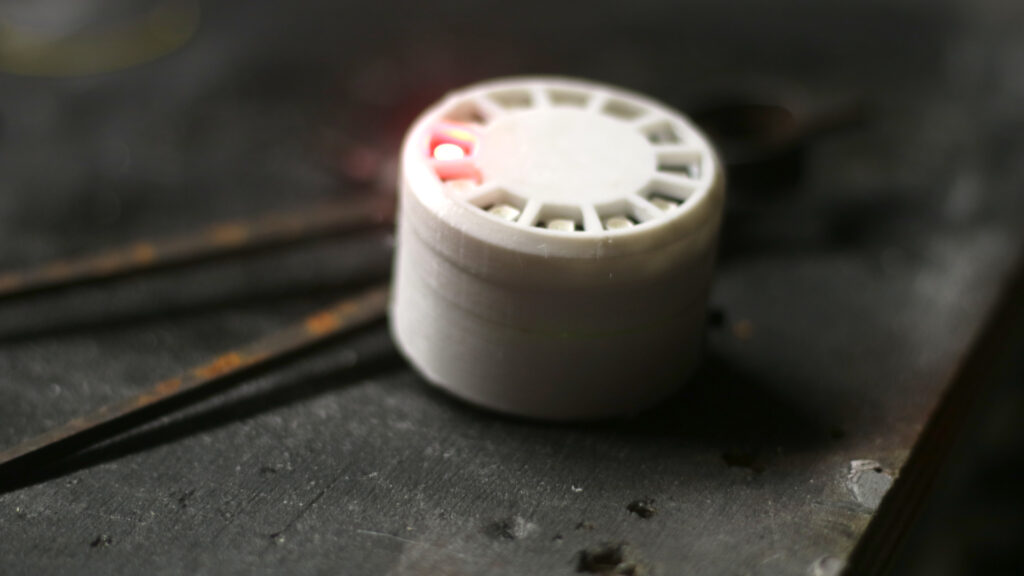
Potential Uses
1. Digital Level
You can use the Arduino Nano and MPU6050 setup as a digital level for applications like construction, carpentry, or any project requiring precise leveling.
2. Gaming Controllers
The MPU6050 is a fundamental component in motion-based gaming controllers. You can create your own gamepad or input device for interactive experiences.
3. Robot Stabilization
Tilt sensing is crucial in robotics. Your tilt sensor can be integrated into robots to ensure stability and control in various terrains.
4. Virtual Reality (VR) Headsets
In VR applications, detecting the orientation of the headset is vital for creating immersive experiences. The MPU6050 can be part of your DIY VR projects.
5. Drone Stabilization
Drones rely on IMUs like the MPU6050 for accurate flight control and stability. You can build your own drone or enhance an existing one.
Conclusion
The Arduino Nano and MPU6050 combination provides an excellent platform for tilt sensing. Whether you’re building a digital level, gaming controller, robot, or any other project requiring orientation detection, this versatile setup can be a valuable addition to your toolbox. By understanding the theory of operation and exploring potential uses, you can unlock endless possibilities for your maker projects.
So, grab your Arduino Nano and MPU6050, and start building your own tilt sensor today!
You May Also Like
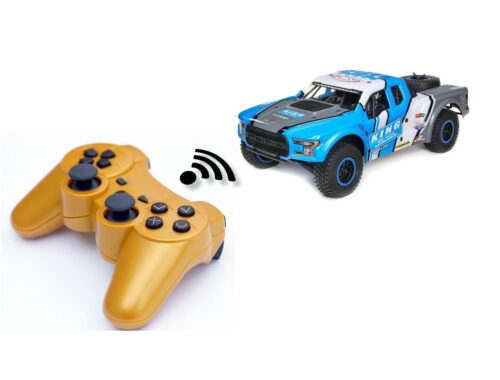
PSX controlled RC car
6 April 2022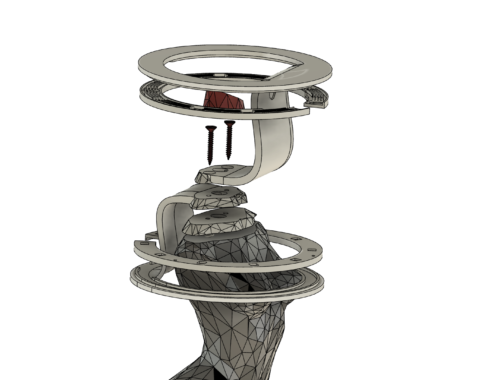
Low polygon WLED Neopixel cement lamp completed
5 December 2022